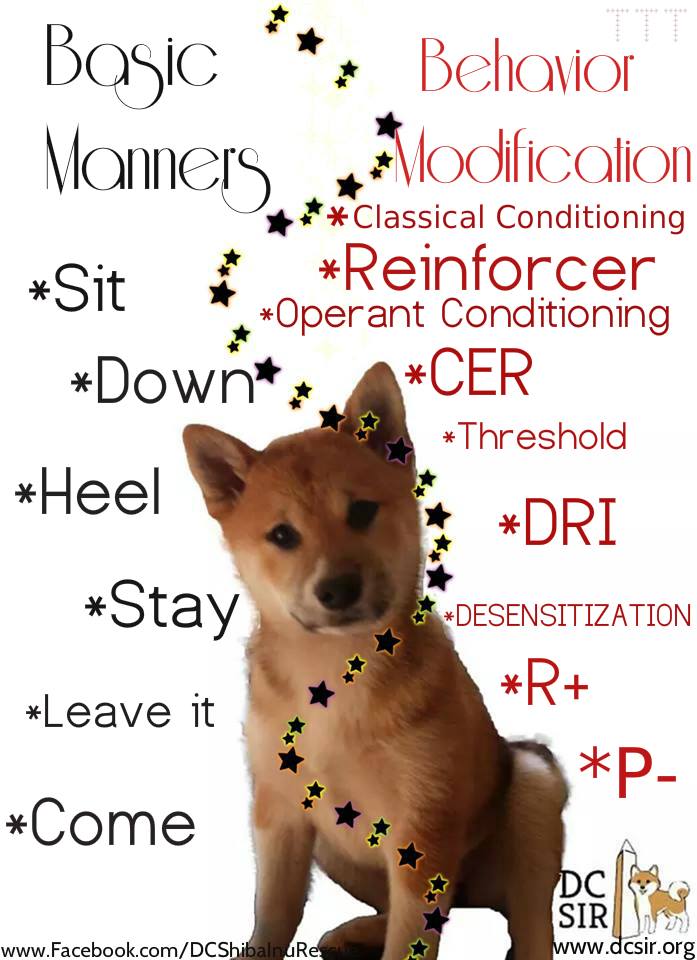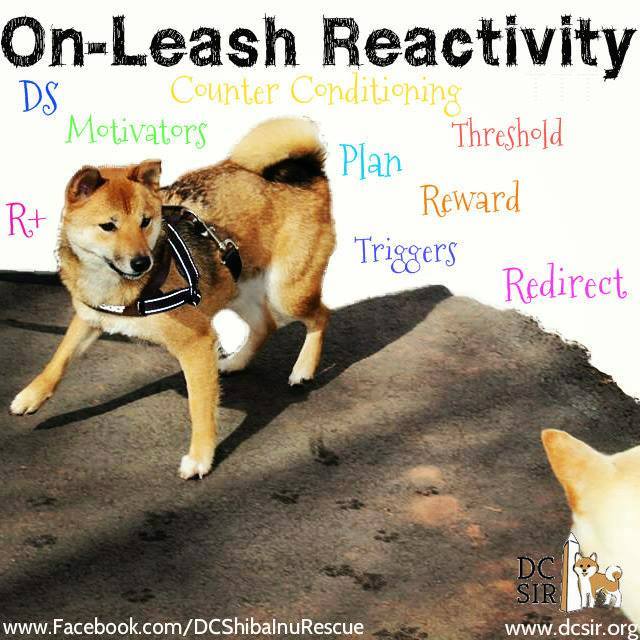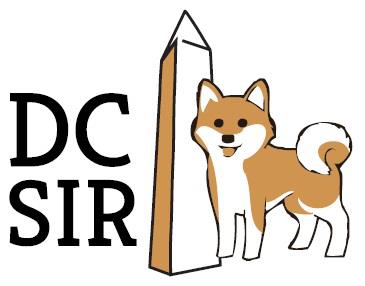
With rescue, we encounter many dogs who have various behavioral issues. Some words you may hear are “reactive,” “fearful,” and “threshold.” This is indicative of dogs that need behavior modification, not basic training. While the fundamental manners are essential for managing behavior, teaching your dog to “sit” won’t cure reactivity or fear. Another popular misnomer is that one can take a dog in and fix them because, “all they need is love.” Well, like basic manners training, love is a bonus and aids in providing a calm and conducive learning environment but does not address the behavioral issue.
Identify your dog’s needs is crucial. Do you require basic manners to keep a dog from jumping on guests or excitedly pulling on a leash or do you need behavior modification with desensitization and counterconditioning to modify and manage your dog’s behavior? Before applying for a reactive/fearful dog or hiring a trainer, investigate what the realistic expectations in working with dogs with “issues” are. While some issues may be modified fairly quickly, others take much more patience and commitment in order to get to a manageable place. Committing time and energy to these dogs and taking the time to build the trust is well worth it. There is an incredible bond created from the journey you take together.

On-Leash reactivity can be frustrating and embarrassing to a dog guardian. Unfortunately, many people resort to painful methods that result in fall-out behaviors rather than addressing the underlying cause. Leash reactivity can happen with any breed of dog, and it is common in today’s style of living. This does not mean that your dog is necessarily dog-aggressive or less tolerant of other dogs, especially if your dog is fine playing with his select, properly-introduced friends off-leash.
When dogs greet in a natural setting (not in today’s urban living) they greet in a “C” shape curve or side by side to smell each other’s rear ends. They don’t go up to each other face-to-face and stare. This is considered rude and offensive behavior.
The biggest mistake we see owners make is in their own body language and posture. Did you know that the first step in attack training is to present the dog with something or someone he wants
to get to, while using a tight lead and tense body posture to excite the dog into a more aggressive state? In the case of on-leash aggression, the owner actually makes the situation worse without meaning to, and the dog simply responds to signals received from the owner. Far too many dogs are labeled aggressive when in fact they are responding in a perfectly appropriate canine fashion to rudeness.
For more information on reactivity:
Reality Check for Carers/Owners of Dogs with ‘Issues’
Operant Conditioning: A Practical Guide
Reactivity: On Leash Aggression
Humane Solutions for Fear and Aggression
“What do I do when my dog reacts?!”
Sign up to receive the weekly Training Tip Thursday email for more information on these topics!
